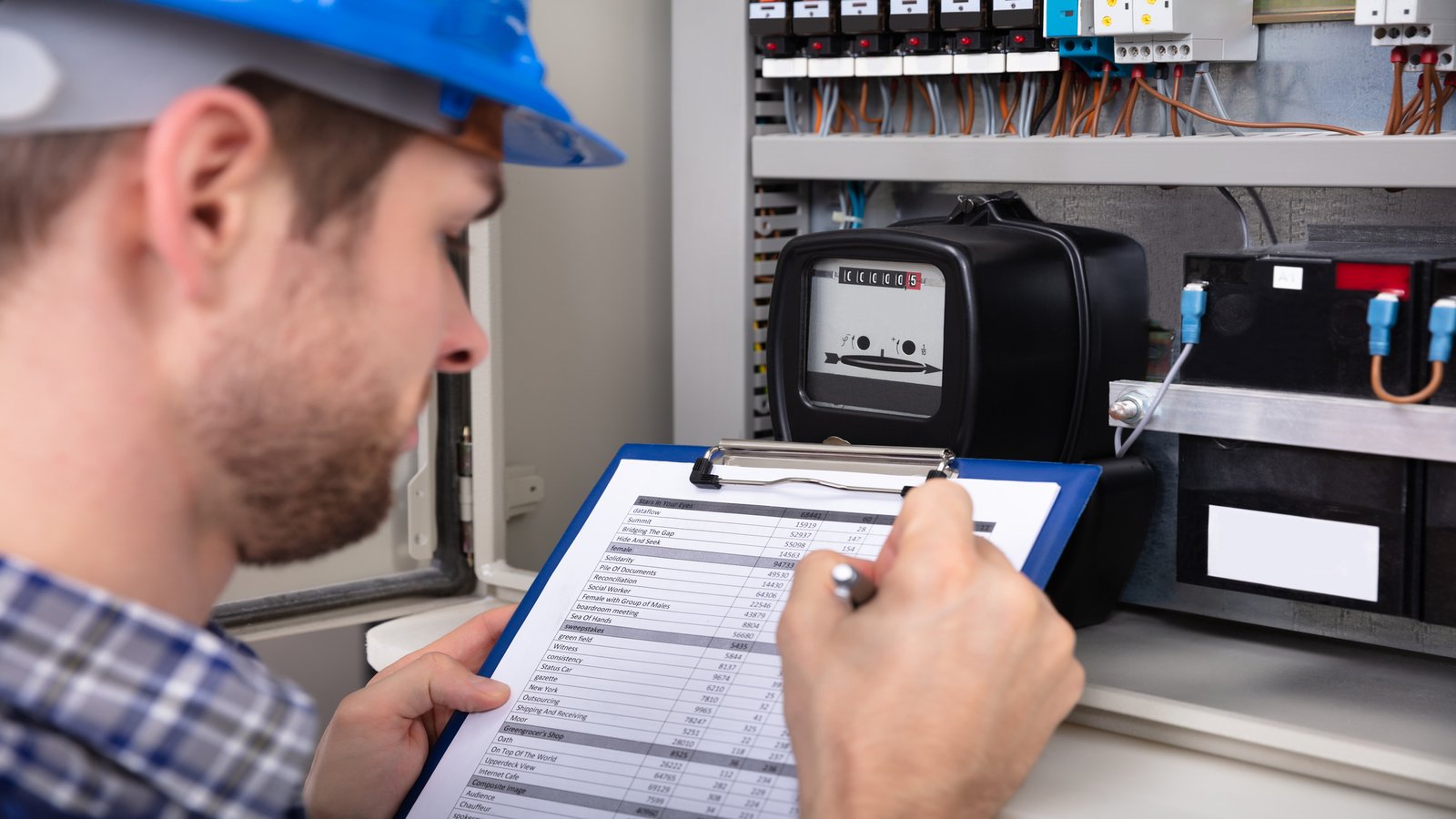America boasts a vibrant culture, but some everyday practices might raise eyebrows for international visitors. Here, we delve into 15 surprising customs that might leave you wondering, “Why do Americans do that?”
Shoes Inside the House

In the US, there’s no one-size-fits-all rule about wearing shoes indoors unlike many Asian countries. Some regions or households prioritize removing shoes to reduce tracked-in dirt but, it’s often a matter of personal preference and guest etiquette. Hosts might express a preference, and visitors often remove their shoes on a first visit. People in colder or wetter climates may also be more likely to keep shoes on for comfort and practicality.
Flags Everywhere

The American flag is a powerful symbol of patriotism in the US. It’s commonly displayed on homes and vehicles. However, the flag’s presence extends to clothing and accessories like baseball caps and swimwear. While these expressions of national pride are sincere, they might not resonate with everyone in the same way.
Expensive College Education

The cost of college in the US can be significant. Unlike some European countries where higher education may be heavily subsidized or free, US colleges can be expensive. Public universities tend to be more affordable for in-state students, with average total costs around $29,000 per year. However, out-of-state students and those attending private institutions can face costs even more. This can result in student loan debt, though some students graduate with no debt due to scholarships and financial aid.
Bigger Portion Sizes

The US embraces a culture of abundance, evident in everything from coffee cup sizes to restaurant portions. While these large portions can be great for those with big appetites, it’s important to be mindful of your needs. Many coffee shops offer multiple sizes, and restaurants often allow for customization or provide to-go boxes – perfect for enjoying leftovers later.
Huge Tipping Culture

Tipping holds significant weight in America. It’s customary for customers to tip around 15-20% or even more for satisfactory service, particularly in restaurants and bars. This tradition is crucial as many service workers depend on tips for their livelihood. Visitors from nations where tipping is less prevalent may find this custom quite unexpected.
Drug Advertisements

The US approach to pharmaceuticals might surprise some visitors. Unlike in other countries, prescription drug advertising is prevalent, aiming to educate consumers about treatment options but also sparking concerns about the direct promotion of medication.
Pharmacies Sell More Than Just Medicines

In the United States, many pharmacies are also convenience stores, selling groceries and toiletries in addition to medications. This can be a handy one-stop shop for some customers, but it might surprise visitors from countries where pharmacies and convenience stores are separate businesses.
Carrying Guns

In the United States, it’s permissible to carry firearms. Individuals aged 18 and above, with a valid license, can legally obtain and bear arms nationwide. Certain Americans even take pride in the number of firearms they possess in their households.
Ice in Everything

Americans have a strong preference for chilled beverages. You’ll often find ice in everything from water and soda to iced tea. This fondness for ice transcends seasons – a cold drink is refreshing year-round for many Americans.
Imperial System

The United States stands out among most of the world by continuing to use the imperial system for everyday measurements. This system, with its inches, miles, and ounces, can be baffling for visitors accustomed to the metric system’s logical units of meters, liters, and grams. Even temperature measurement in Fahrenheit adds another layer of confusion for those used to Celsius.
Bathroom Doors with a Gap

Public restrooms in the US can be a surprise for visitors accustomed to more privacy. Unlike some countries, stalls often have gaps at the top, bottom, and sometimes between them. While these gaps may seem unusual, they serve a few purposes. Staff can check on someone in need through the gaps, cleaning is simplified, and ventilation is improved. This approach prioritizes functionality over complete privacy, and the level of privacy can vary depending on the location.
Excluded Sales Tax

Unlike many countries where sales tax is included in the displayed price, the United States typically shows prices before sales tax. This can be surprising for visitors, as they may need to factor in an additional cost at checkout. Also, the sales tax rates vary significantly across states and even localities and the lack of upfront inclusion can lead to sticker shock for those unfamiliar with the system.
Driving Everywhere

The United States is known for its car-dependent lifestyle, a stark contrast to many other developed countries. This stems largely from sprawling development patterns in suburbs, where vast distances and limited public transportation make walking impractical. Even simple errands like grocery shopping can require a drive, and commutes of an hour or more are not uncommon. This ingrained reliance on cars permeates American life, with many people comfortable driving significant distances for work, leisure, or even routine errands.
Unusual Way of Greeting

In the United States, it’s typical to initiate a conversation with a casual “How are you?” even if it’s merely a form of greeting. This expression serves as a polite acknowledgment of the other person. Americans frequently reply with brief, positive responses such as “Good, thanks,” or “I’m fine,” regardless of their true emotional state.
Insanely Expensive Healthcare

Unlike many other developed nations, the United States grapples with high healthcare costs, particularly for those without insurance.. A key driver of these expenses is the market-based system, which often results in higher costs for prescription drugs and healthcare professionals’ salaries compared to other Western countries. Adding to this burden are administrative costs associated with complex billing and coding practices.


